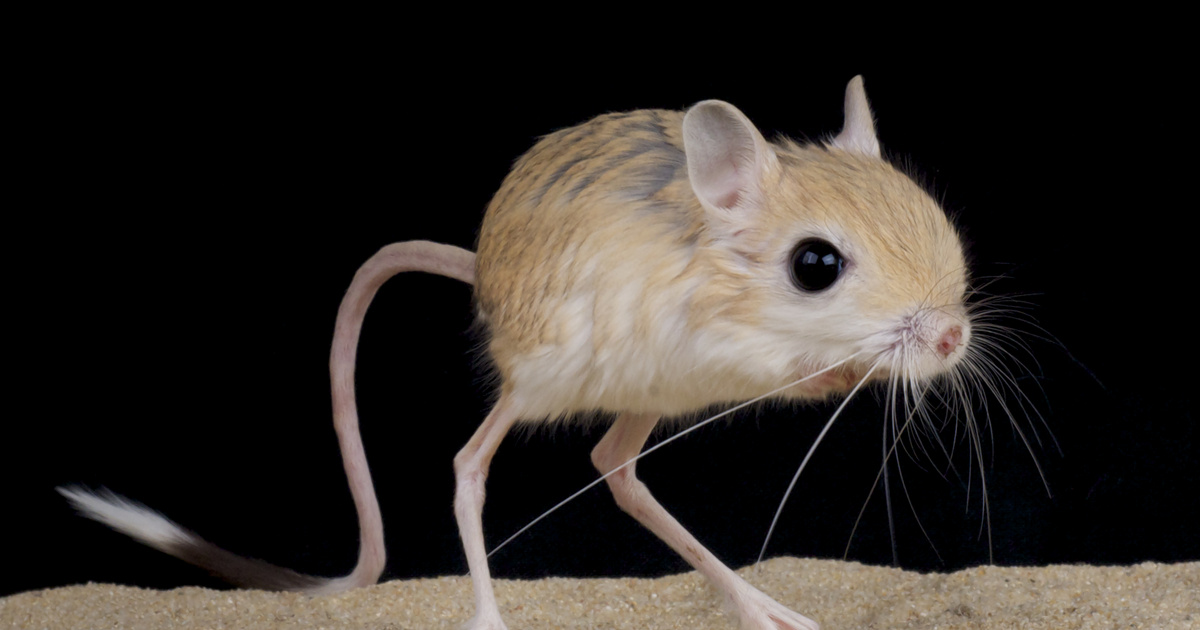but why? The answer to this question is simple and logical: to be able to jump in the desert. On the other hand, why the structure of the animal evolved in this way is a more complex and interesting question. the current biology Posted in late November study You can give an answer to this. Researchers Transcriptomics Using homemade mice in a pinch jumping mice genes.
We know from surviving fossils that the hopping rat separated from the rat 50-55 million years ago, by which time the first metatarsals had stretched and boiled together, causing the animal to jump on its toe. The studies began with the analysis of the forelimbs, as they are very similar in composition to this day. Here, during limb development, the messenger RNA (mRNA) generated by chondrocytes was examined, in an attempt to filter out differences between the two species, which may not play a role in the formation of the megaloblasts of jumping mice.
Then the studies turned to the legs of the animals. Examination of genes that influence the growth of the middle bone of the hind limbs reduced the genes potentially responsible for the size of the legs of jumping rats to 1,755 with an accuracy of ninety percent. Among them, an attempt was made using network analysis to identify genes that might be responsible for the size of a mouse’s leg that jumps. Since the genes work together during development, the response alone cannot be narrowed, the close cooperation of many genes results in the base of the jumping mouse.
However, according to the researchers, shox 2 A gene called a transcription factor, a protein that binds to DNA and promotes or inhibits the development of other genes.
This gene is nine times more active in jumping mice than in domestic mice!
In the human body, Shox2 is believed to be responsible for a for Turner Syndrome.
A difference in the function of a gene that stops bone growth, allowing the body to build bone for a longer time, was also found in jumping mice, allowing the bones of pet mice to grow.
Researchers trust him, that their studies to understand the development of the mouse foot could help in the identification and long-term treatment of diseases of bone growth and development. And if the question appears in the title during a conversation, you can safely refer to the Shox2 gene in addition to the navigation answer.
(Cover image: Egyptian jumping mouse [ Jaculus jaculus ] . Photo: Yerbulat Shadrakhov / Getty Images Hungary)












































